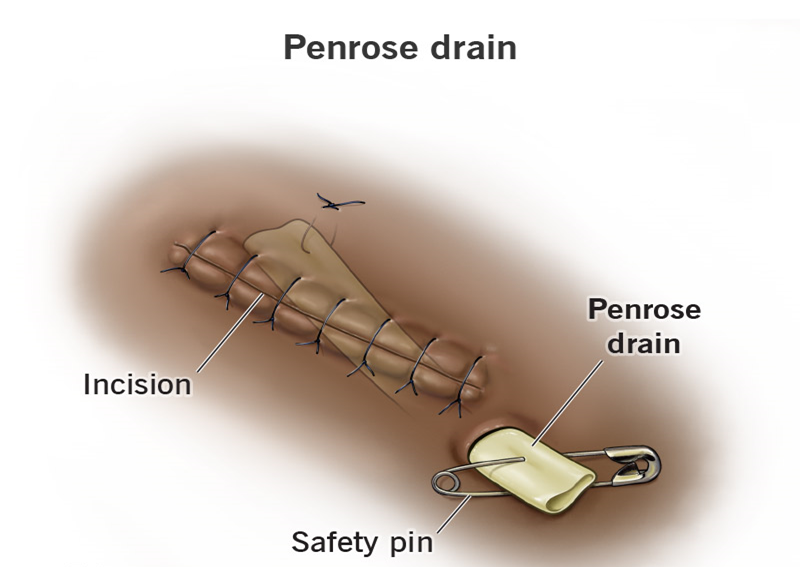A client who has a terminal illness asks the nurse, "If I have a DNR prescription, does that mean I will no longer receive any treatment for my condition?"
Which of the following statements should the nurse provide to explain a DNR prescription?
A DNR prescription means you will only receive pain medication for your treatments.
A DNR prescription will limit your current treatment regimen.
A DNR prescription will allow you to continue with your current treatment regimen.
A DNR prescription will limit your ability to receive invasive procedures.
The Correct Answer is C
Choice A reason: The statement that a DNR prescription means the client will only receive pain medication is incorrect. A DNR (Do Not Resuscitate) order does not affect the provision of treatments other than those required to resuscitate the patient if their heart stops or they stop breathing. Patients with a DNR can still receive all other medical treatments and interventions aimed at managing symptoms and improving quality of life, including pain management.
Choice B reason: A DNR prescription does not limit the current treatment regimen in terms of ongoing treatments for the patient's condition. The DNR order specifically refers to not performing CPR (cardiopulmonary resuscitation) if the patient's breathing or heart stops. All other aspects of the patient's care plan, including aggressive treatments, can continue if they align with the patient's wishes and medical advice.
Choice C reason: This is the correct statement. A DNR prescription allows the patient to continue with their current treatment regimen. It is a directive that applies only in the event of cardiac or respiratory arrest, indicating that CPR should not be performed. However, it does not preclude the patient from receiving other medical treatments or interventions.
Choice D reason: A DNR prescription does not inherently limit the ability to receive invasive procedures. The decision to pursue or avoid invasive procedures would be based on the patient's overall treatment goals, prognosis, and personal preferences, not solely on the presence of a DNR order.
Nursing Test Bank
Naxlex Comprehensive Predictor Exams
Related Questions
Correct Answer is C
Explanation
Choice A reason: Dry areas around the pins can be a normal finding if the pin sites are healing properly. It indicates that there is no excessive moisture that could promote bacterial growth and infection. However, the nurse should continue to monitor for any signs of redness, swelling, or pain that could indicate a developing infection.
Choice B reason: Crusts around the pins are typically a sign of dried exudate, which can be part of the normal healing process. The crusts should be monitored and cleaned according to the healthcare facility's protocol to prevent infection. If the crusts are accompanied by other signs of infection, such as redness, warmth, or purulent drainage, they should be reported to the healthcare provider.
Choice C reason: Purulent drainage around the pins is a sign of infection and should be reported immediately to the unit care coordinator. Infections at pin sites can lead to complications such as osteomyelitis, delayed healing, or even systemic infection. Prompt intervention with appropriate cleaning and possibly antibiotics is necessary to prevent further complications.
Choice D reason: The absence of pain at the site can be a normal finding and is not typically a cause for concern unless there is an expectation of pain based on the patient's condition or recent procedures. However, a complete lack of sensation could indicate nerve damage or other issues, so the nurse should assess for other signs of neurovascular compromise and report any concerns to the healthcare provider.

Correct Answer is C
Explanation
Choice A: Rinse your mouth with hydrogen peroxide
Rinsing the mouth with hydrogen peroxide is not recommended for clients with mucositis. Hydrogen peroxide can be too harsh and may cause further irritation to the already sensitive mucosal lining. It is generally advised to use mild rinses such as saline or baking soda solutions.
Choice B: Brush your teeth for 60 seconds twice daily
While brushing is important, it should be done gently with a soft-bristled toothbrush, and the timing should be based on patient tolerance rather than a strict 60-second rule.
Choice C: Floss your teeth gently following each meal
Gentle flossing helps remove food particles and bacteria, reducing the risk of infection. However, if bleeding occurs, the patient should stop and consult a healthcare provider.
Choice D: Wear your dentures only during meals
Wearing dentures only during meals might be advisable for some clients with mucositis, as wearing them all day could irritate the inflamed oral tissues. However, it’s important for the dentures to fit properly and for the client to have periods of rest without the dentures to allow the oral tissues to heal.
Whether you are a student looking to ace your exams or a practicing nurse seeking to enhance your expertise , our nursing education contents will empower you with the confidence and competence to make a difference in the lives of patients and become a respected leader in the healthcare field.
Visit Naxlex, invest in your future and unlock endless possibilities with our unparalleled nursing education contents today
Report Wrong Answer on the Current Question
Do you disagree with the answer? If yes, what is your expected answer? Explain.
Kindly be descriptive with the issue you are facing.
